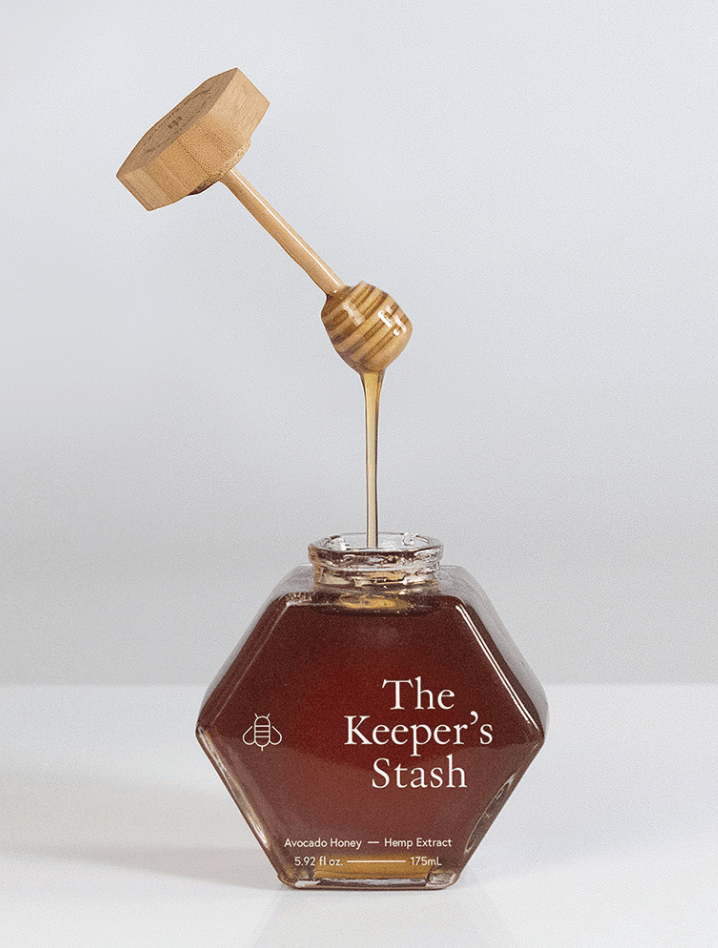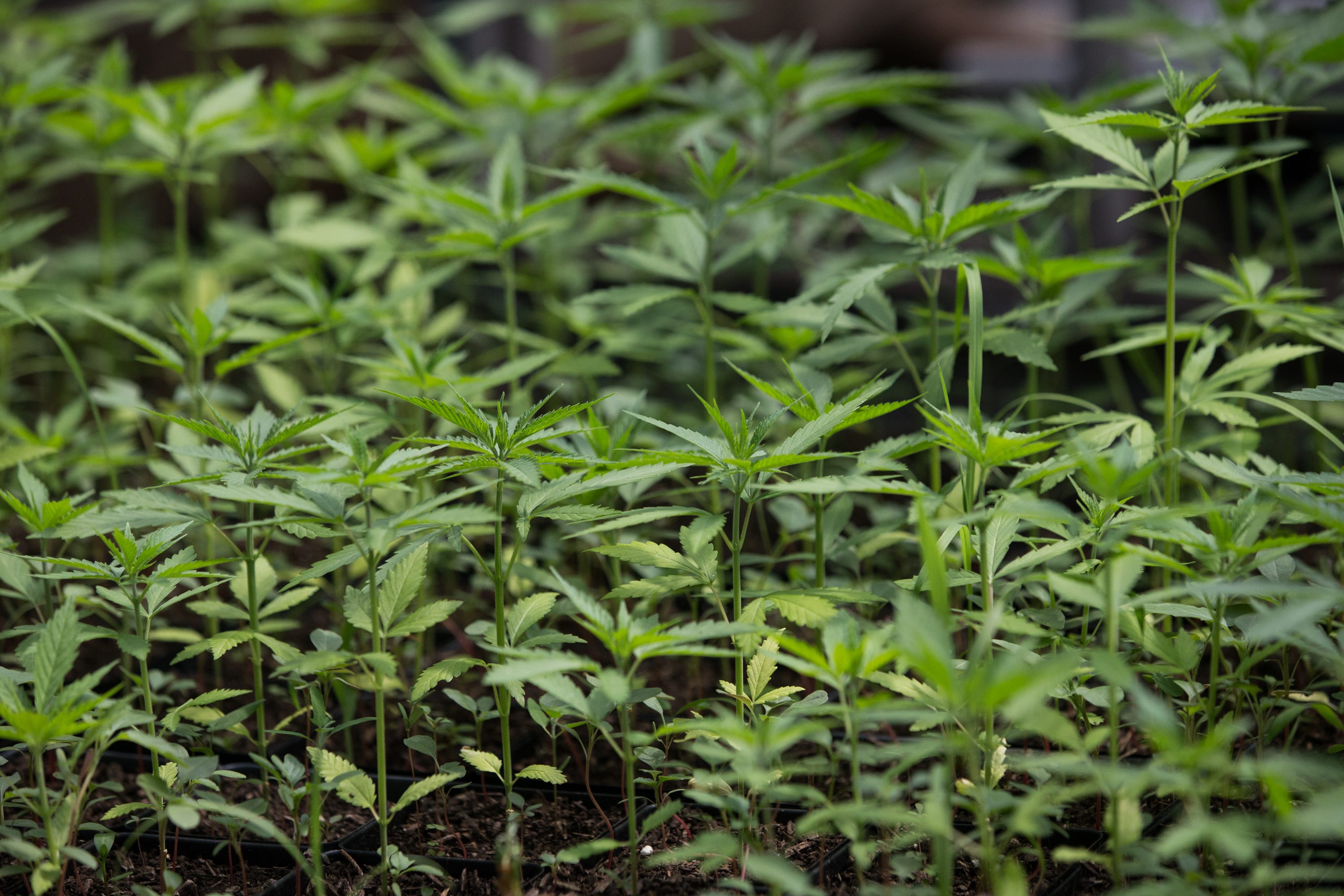Want to Grow CLV? Start Kids Early.
A movement is arising to protect younger users from the alleged dangers of social media

Joe Camel, a suave cigarette-smoking cartoon character, plodded onto advertising pages in 1988. By 1991, he was as recognizable to six-year-olds as the Disney Channel logo.
In just three years, Camel’s market share among teenagers increased from 0.5% to about 33%, according to a 1991 research paper published in the Journal of the American Medical Association.
By 1997, R.J. Reynolds Tobacco Co. agreed to stop its Joe Camel advertising campaign in response to litigation and public pressure. External studies and internal company documents had indicated the Joe Camel marketing strategy was targeting kids. Joe Camel, who could exhibit sophistication in formal attire and toughness in a T-shirt and jeans, would soon disappear from the advertising pages.
Now, another force seems to threaten young people.
Social media replaces tobacco
More than 25 years after Joe Camel, some experts are comparing social media companies to Big Tobacco.
“I think it’s a really apt comparison,” said Josh Golin, executive director of Fairplay, a nonprofit organization dedicated to protecting kids from the harmful effects of marketing and screens. “You have an industry that is deliberately designing and manipulating the design of its products in order to be addictive.”
Leaked internal company documents show management at social media companies is aware their products are harmful, but their public statements say the exact opposite, Golin said.
Social media companies make contributions that amount to bribes to doctors, charities, trade associations and public health officials to persuade them to be defenders of the industry, he maintained.
Data on the harmful effects of social media, especially on children, has been released through senate hearings, court cases, books, documentaries and investigative journalism. Yet, social media companies and the U.S. government have yet to take substantial measures to protect kids. The companies’ desire to maximize profit is a widely cited reason.
“They [social media companies] are not going to do anything that they’re not forced to do that cuts into profits,” Golin said.
For social media companies, advertisers are the customers and users are the product. Therefore, the social media companies cater to the advertisers, not the users. At Meta Platforms (META), which owns Facebook, advertising accounted for 98% of revenue of more than $69 billion in 2019.
Users under 18 are extremely profitable for social media companies, generating an estimated $11 billion in ad revenue in 2022 for YouTube, TikTok, Snapchat, Instagram, Facebook and X, which have a collective base of 120 million users under the age of 18. Young users are especially important for Snapchat, TikTok and YouTube because 30% to 40% of advertising revenue on those platforms is generated by people under 18.
Of this $11 billion, $2.1 billion came from users ages 12 and under despite a requirement they be 13 or older to use the apps, according to a 2023 study by the Harvard T.H. Chan School of Public Health. The age limit is easily bypassed. The study urged for greater transparency from social media platforms and regulation of social media advertising.
~~~
How TikTok Detects Your Deepest Desires
Input: A TikTok algorithm tracks how long users stay on a video. Staying a longer time is interpreted to mean higher engagement and more interest in the content, prompting the algorithm to show related videos. It’s math.
Output: A personalized algorithm keeps a user hooked. Over time, it will begin to feed the user more extreme versions of content they have indicated they prefer. This is how most algorithms work, but TikTok’s algorithm is better at showing videos to keep users scrolling. TikTok’s algorithm is estimated to be worth $60 billion to $70 billion.
—Wall Street Journal
~~~
TikTok in U.S. vs. China
| U.S. | China |
| TikTok | Douyin |
| Must be 13 to use the app, but this age restriction is easily bypassed. Teens under 18 are limited to 60 minutes a day, but this is easily overridden. | Special version for those under 14. Includes a 40-minute time limit and can’t be used between 10 p.m. and 6 a.m. Only shown inspiring content, such as educational videos. |
| Few measures are available to prevent addiction. | Measures to prevent addiction: five-second delay when scrolling, voice reminders and forced interruptions. |
Mental illness risk
Social media use has been linked to harmful outcomes, especially for teenage girls. This was the basis for New York University Psychology Professor Jonathan Haidt’s new book, The Anxious Generation: How the Great Rewiring of Childhood is Causing an Epidemic of Mental Illness.
In the book, Haidt notes that rates of mental illnesses, such as anxiety, depression, ADHD, suicide attempts and self-harm, are on the rise, especially among teenage girls. For example, those aged 18 to 25 saw a 139% increase in anxiety rates since 2010. Citing 476 studies, Haidt attributes the rise of mental illnesses to social media use.
“When faced with growing evidence that their products were harming young people, they [social media companies] engaged in denial, obfuscation and public relations campaigns,” Haidt writes. “Companies that strive to maximize ‘engagement’ by using psychological tricks to keep young people clicking were the worst offenders.”
The Facebook Files
As evidence, Haidt cites the Wall Street Journal’s The Facebook Files, a series of investigative pieces showing that, despite being aware of the flaws and dangers of its products, Meta did not fix them and at times denied them.
Meta’s internal studies found Instagram is harmful for a sizable percentage of its young users, especially teenage girls, according to The Facebook Files. For example, 32% of teen girls said that when they felt bad about their bodies, Instagram made them feel worse.
However, Meta executives maintain that social media is not dangerous. In The Facebook Files, Instagram head Adam Mosseri said research suggests the app’s effects on teens well-being is likely “quite small.”
Meta CEO Mark Zuckerberg said at a congressional hearing in January 2024 that “mental health is a complex issue, and the existing body of scientific work has not shown a causal link between using social media and young people having worse mental health outcomes.” He cited the Social Media and Adolescent Health report from the National Academies of Sciences, Engineering and Medicine.
Although this report did not establish a causal link between social media and adolescent health, it said potential harm is associated with social media platforms through unhealthy social comparisons, which play a role in body image issues and could be a risk factor for eating disorders. The report also said social media could take time away from healthy activities like sleep, exercise, studying and hobbies.
~~~
98%
How much of Meta Platforms’ $69 billion in revenue came from advertising in a recent year.
—Author Jonathan Haidt
~~~
The Facebook Files went on to show Meta was targeting young users. Meta created a team dedicated to studying preteens to build products for them. Pressure came from increased competition from rivals like TikTok. An internal email in 2018 quantified the lifetime value of a 13-year-old child to be $270.
“Why do we care about tweens? They are a valuable but untapped audience,” said one slide from Meta from 2020, leaked to the Wall Street Journal.
Quoted in The Facebook Files, Sen. Richard Blumenthal, D-Conn., and Jean Twenge, a professor of psychology at San Diego State University, both compared Facebook with Big Tobacco, saying Facebook is targeting teens with dangerous products while not being truthful about the potential harm.
The Wall Street Journal’s investigative piece led 33 state attorneys general to sue Meta.
“Meta’s business model is based on maximizing the time that young users spend on its Social Media Platforms,” the plaintiffs say in the lawsuit. “Meta targets young users and incentivizes its employees to develop ways to increase the time that young users spend on its Platforms. The more time young users spend on Instagram and Facebook, the more Meta earns by selling advertising targeted to those users.”
Beyond mental illness, Haidt identifies “four foundational harms” of social media: sleep loss, social deprivation, addiction and attention fragmentation.
“The creators of these apps use every trick in the psychologists’ tool kit to hook users as deeply as slot machines hook gamblers,” Haidt writes in his book.
Harms Linked to Social Media
A daunting list of serious problems can arise among young users of social media, said Marc Berkman, CEO of the Organization for Social Media Safety.
- Anxiety
- Depression
- Self-harm
- Suicide
- Eating disorders
- Body dysmorphia
- ADHD
- Substance use
- Fraud
- Human trafficking
- Drug trafficking
- Sexual predation
- Social media motivated violence
- Exposure to extreme violence
- PTSD
- Hate speech
- Disinformation
For example, social media is designed to provide dopamine hits through strategies such as like counts and variable reward feedback loops, which provide more dopamine than if the user was rewarded every time they go on social media. The brain then adapts to extended periods of elevated dopamine levels by reducing dopamine levels so the user must increase dosage (time spent on social media) to get pleasure back.
Social media sites have made constant use of their product easy by providing endless, short, entertaining content, setting the user up for “doom scrolling.” When not online, the user is deficient in dopamine.
Excess use of social media has a wide range of negative health outcomes.Marc Berkman, CEO of the Organization for Social Media Safety, cites the displacement of more fulfilling activities, reality distortion and the normalization of cyberbullying as some of the leading theoretical causes of the harms of social media.
“There is very clear proof and evidence of the significant amount of harm caused by social media,” Berkman said.
Addressing the problem
To counteract the negative impacts of social media, Haidt presents a four-step plan.
~~~
Haidt’s Four-Step Plan
Here’s how society neutralize the negatives of kids using social media, according to New York University Psychology Professor Jonathan Haidt, author of The Anxious Generation: How the Great Rewiring of Childhood is Causing an Epidemic of Mental Illness.
- No smartphones before high school
- No social media before 16
- Phone-free schools
- More unsupervised play and childhood independence
~~~
Although Haidt’s book and proposals have earned a positive public response, not everyone agrees with his plans or his research. Critics have said there is not enough evidence to claim social media causes mental illness, noting that correlation does not equal causation. Others question the scientific validity and integrity of the studies Haidt references.
J.J. De La Cruz, who studies social media, questioned whether social media addiction is an inherently bad thing.
“If social interaction is a human need and it’s fundamental for survival, if you’re getting that through this means of addiction, is the means bad when the end is good?” De La Cruz asked.
Enrique Dans, a professor of innovation and technology at the IE Business School, said keeping kids off social media will create “digital orphans.” Instead, Dans said education is the solution and suggested people get educated on the problems of social media, especially how it is designed to facilitate doom scrolling and to steal attention.
“They need to understand that their brains are being manipulated,” Dans said.
Additional voices
Haidt is not the only one saying social media should change to protect kids.
Current measures, like the Children’s Online Privacy Protection Rule, or COPPA, and the Fight Online Sex Trafficking Act, or FOSTA, are not enough, according to Berkman. Nor is the legislation in place to protect social media platforms, such as Section 230 of the Communications Act of 1934, which immunizes social media sites from liability.
Berkman also called for change. “Responsibility and accountability is being able to perceive potential risks to those using your service and products specifically and take reasonable steps to prevent those risks, and failure to do so is what’s at issue here,” he said.
The Organization for Media Safety helped develop a bill called Sammy’s Law, which would require social media platforms to give parents the choice of using third-party safety software to send alerts when their child comes across dangerous content.
Proposed legislation
Other proposals are in the works. The Kids Online Safety Act, sponsored by Sens. Richard Blumenthal, D-Conn., and Marsha Blackburn, R-Tenn., would require social media apps to protect kids proactively, which could include allowing minors to protect their information, disabling addictive features and providing parental controls.
The Children and Teens Online Privacy Protection Act, if passed, would protect minors’ information and prohibit targeted marketing directed to the minors without their consent.
Fairplay, the nonprofit organization mentioned earlier, supports the passage of both bills.
“We have a real chance of getting both the Kids Online Safety Act and the Children and Teens Privacy Protection Act passed this year,” Golin said. “There hasn’t been new federal legislation to protect kids online in 25 years, so the fact that we’re even close is enormous. But obviously close doesn’t protect kids. We need to pass those bills.”
Laura Simmons served as Luckbox‘s spring editorial intern and graduated from Northwestern University’s Medill School of Journalism in June as a double major in journalism and psychology.






